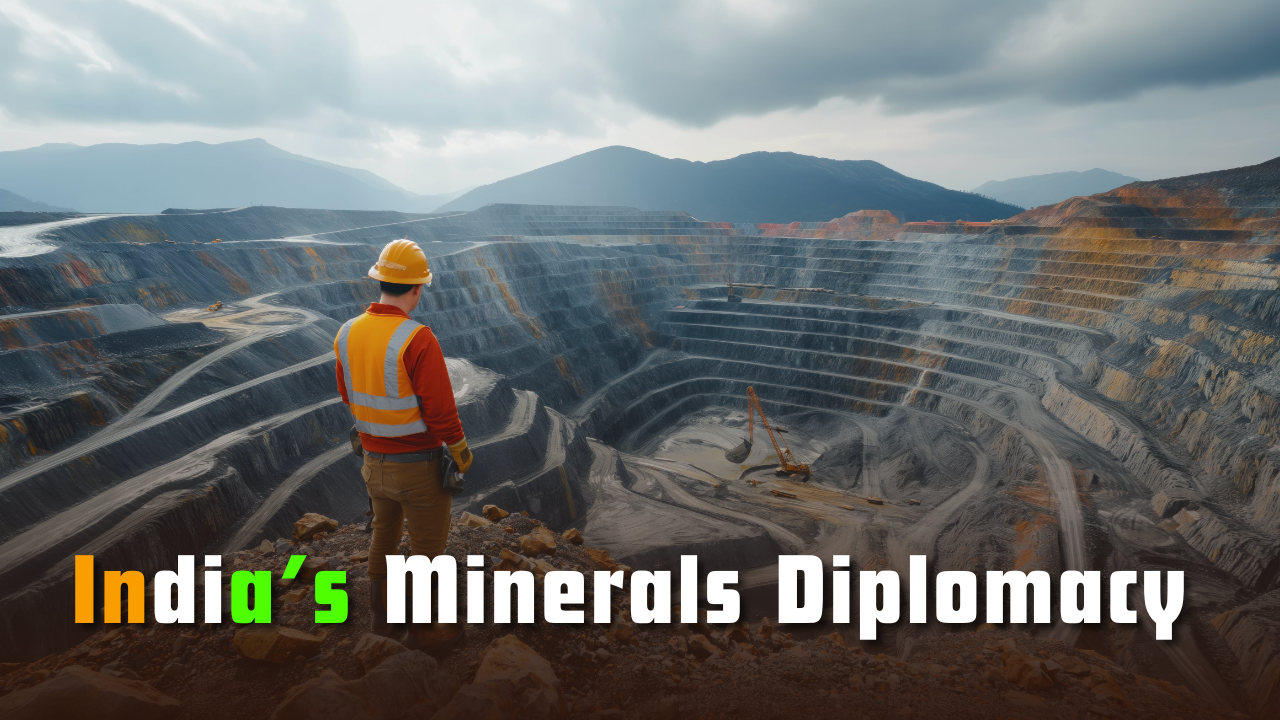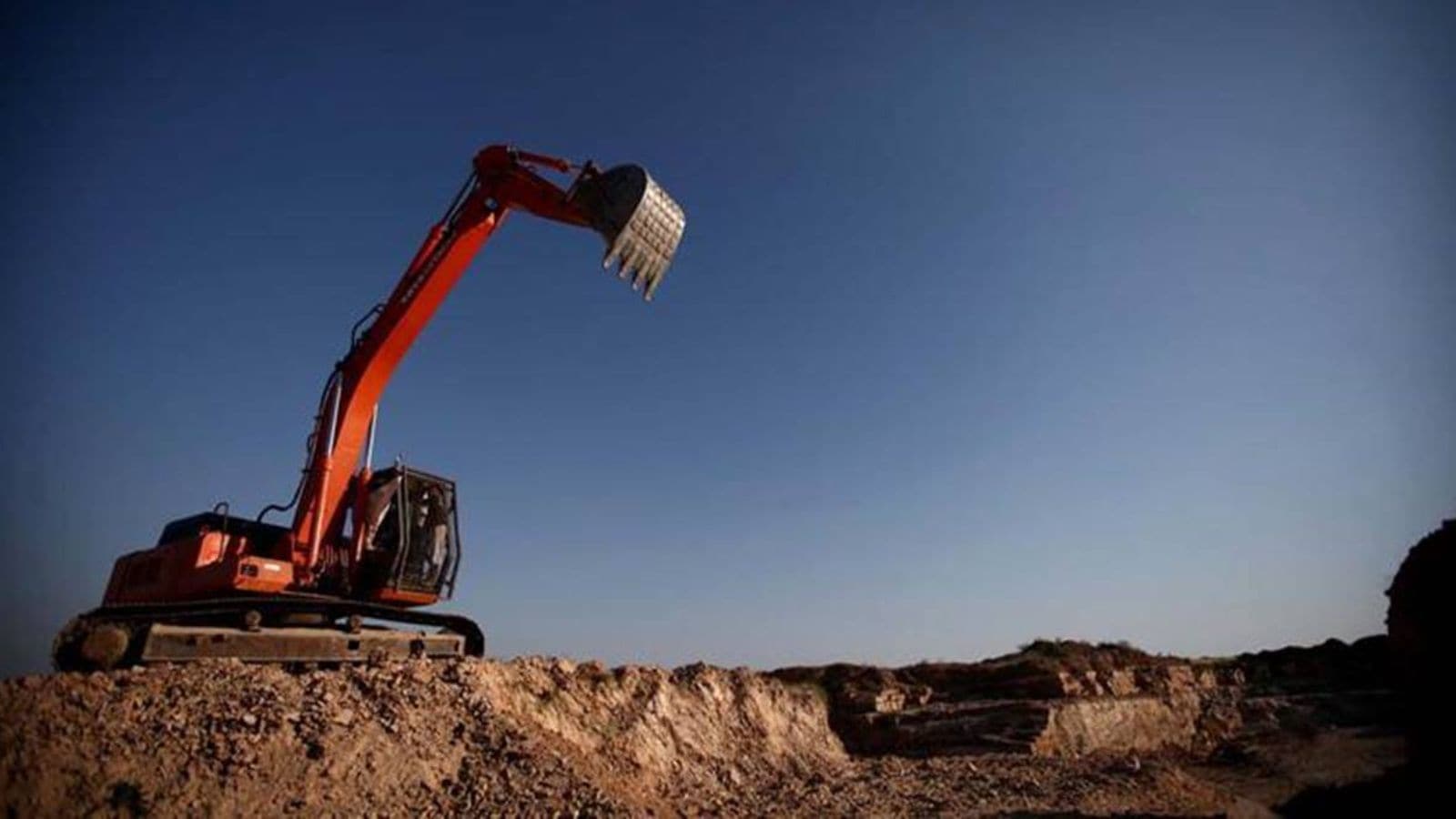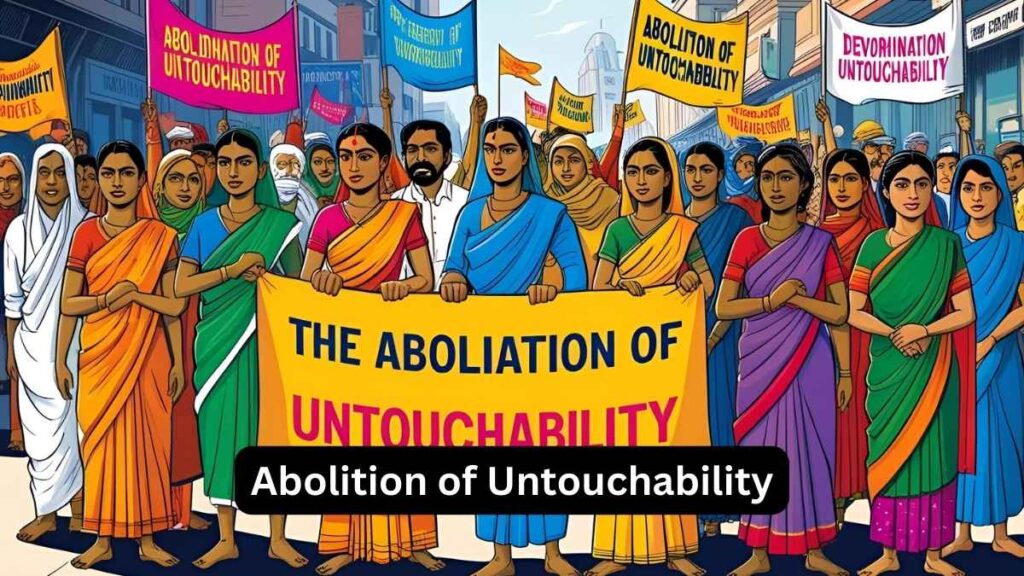India’s Minerals Diplomacy: Strategy for a Green Future
India must use mineral diplomacy to boost self-reliance, lead the Global South, and build sustainable green value chains.
Introduction
India stands at a crossroads in its journey toward becoming a global green power. With rapid advancements in electric vehicles, solar technology, and semiconductor production, the nation’s ambitions are high—but so are the obstacles. Central among them is India’s critical dependence on imported minerals essential for these industries, particularly from China. The recent announcement of the Critical Minerals Initiative by the Quad—India, Japan, Australia, and the US—has cast a spotlight on India’s mineral diplomacy. This initiative seeks to secure and diversify mineral supply chains and reflects a broader effort by India to engage in strategic partnerships or mineral clubs. However, as Anindita Sinh and Pooja Ramamurthi caution in The Indian Express (July 10, 2025), unless these engagements are grounded in foresight and national interest, It risks becoming “a destination for storage, transit and processing,” while high-value manufacturing is retained by developed nations.
This essay contends that while India’s involvement in mineral clubs offers opportunities for collaboration and resource access, success will ultimately hinge on how well the country strengthens domestic capacity, negotiates equitable terms, and leverages its unique geopolitical position to rebalance the global minerals economy in favour of the Global South.
Risks of Passive Participation
At the heart of Sinh and Ramamurthi’s analysis lies a sobering assumption: India’s green transition may falter if it engages in international partnerships without simultaneously securing autonomy and value addition within its own borders. The current wave of mineral diplomacy, marked by bilateral deals with countries like Argentina and Zambia, as well as participation in multilateral forums like the Minerals Security Partnership (MSP), is a response to Its late entry into the global critical minerals race and its inadequate domestic reserves.
But the hypothesis warns of a familiar pattern: the possibility of India slipping back into the role of a passive participant in global supply chains. As the authors argue, there is a “risk that it will be labelled a destination for storage, transit and processing,” while the real technological and economic gains—such as refining and advanced component manufacturing—remain concentrated in the Global North. This scenario would undermine not just India’s ambition for green leadership, but also the vision of Atmanirbhar Bharat (self-reliant India).
In other words, unless India insists on moving beyond surface-level collaboration to shape the very architecture of these partnerships, its strategic vulnerabilities will persist—both in resource access and in the power dynamics of the clean-tech economy.
Historical and Structural Justifications
The rationale behind this hypothesis is rooted in a structural understanding of how mineral value chains work and how they have historically excluded the Global South from high-end economic benefits. As the authors point out, India’s current limitations—such as the lack of advanced extraction technology, insufficient financial capital, and corporate hesitancy to invest in politically unstable regions—hamper its ability to compete.
The example of Beijing’s export controls on rare earth magnets is emblematic of the risks inherent in single-source dependency. “India’s green industries face significant strategic and economic risks due to heavy dependence on China,” the article notes. But beyond the immediate concern of Chinese dominance, the deeper warrant is that markets and supply chains are not neutral—they are shaped by geopolitical interests, intellectual property regimes, and investment patterns that have long favoured developed countries.
Furthermore, past experiences in the domain of vaccine distribution and clean technology reveal that even when “shared scientific advancements and R&D” are on the table, developed nations often “hesitate to enable technology transfer and share intellectual property rights.” This is a critical reminder that good intentions alone do not ensure equitable cooperation.
India’s strategic caution, therefore, is not rooted in paranoia but in precedent. The warrant compels us to ask: who controls the knowledge? Who reaps the final value? And who bears the environmental and economic risks?
The Need for Strategic Multilayered Engagement
While the dangers of passive participation are real, the article also qualifies this position by acknowledging the transformative potential of “mineral clubs.” These minilaterals allow for cooperation on financial, technical, and diplomatic fronts. They enable pooling of resources, sharing of expertise, and joint project development—mechanisms that could be vital for a resource-constrained country like India.
As the authors note, “Clubs allow India to ensure economic security, diversify supply chains, forge resilient partnerships, and secure its place in the emerging clean-tech order.” However, this optimism is not blind. The qualification underscores that it must simultaneously pursue domestic reform and international alignment. This includes:
- Strengthening scientific research through clauses mandating R&D investment and academic exchanges;
- Ensuring reciprocal terms in resource-sharing agreements;
- Developing long-term strategies to avoid economically “stranded assets” such as processing hubs without stable mineral supplies;
- Pushing for inclusive governance frameworks in global ESG (Environmental, Social, Governance) standards.
Without these steps, even well-meaning partnerships can replicate exploitative hierarchies. The qualification, thus, tempers the hypothesis by asserting that multilateralism is not inherently flawed—but must be engaged with strategically and critically.
Empowering Domestic Capacity and Regional Leverage
The article offers a range of both explicit and implicit solutions that collectively amount to a strategic roadmap for India’s minerals future.
Explicit Solutions:
- India must negotiate agreements that include firm commitments to technology transfer, domestic R&D investment, and capacity building. “India must ensure that it prioritises domestic capacity building and scientific innovation,” the authors state unequivocally.
- It should push for protection clauses in “friendly stockpiling” mechanisms to guard against sudden policy changes—like those witnessed during Donald Trump’s administration, where trade rules were swiftly altered.
- India must align its domestic manufacturing sector with ESG standards, not just to meet export requirements but to make its industries globally competitive.
These explicit measures are actionable and within the control of policymakers and industrial leaders. However, they also require a cultural and bureaucratic shift—from reactive diplomacy to proactive statecraft.
Implicit Solutions:
- India must assume a leadership role within the Global South, championing concerns of “developmental sovereignty” and equitable access to technology.
- It must capitalise on its “historical ties and growing influence with Africa and Southeast Asia” to secure both raw materials and political leverage.
- India’s diplomatic presence and business networks in the developing world position it uniquely as a bridge between the Global North and South—a role it must consciously nurture to reshape the rules of mineral engagement.
These implicit suggestions involve a broader vision. They require India not only to protect its interests but to articulate and lead a more just and sustainable model of global development.
A Strategic Tightrope for a Green Tomorrow
The article by Anindita Sinh and Pooja Ramamurthi rightly places mineral diplomacy at the heart of India’s green and economic future. As the global race for critical minerals intensifies, India’s challenge is not simply to join the race, but to reshape its terms. This requires navigating a delicate balance: embracing international cooperation without becoming economically subordinate; tapping foreign capital without ceding strategic autonomy; and championing sustainability without compromising developmental equity.
In the end, India’s success will not lie in how many clubs it joins, but in how it transforms membership into meaningful influence—both within its borders and across the Global South. If India can do that, it will not only secure the minerals it needs, but also reclaim the value, dignity, and leadership that often elude the Global South in international economic frameworks. The mineral gap, then, is not just about rocks and metals—but about ideas, sovereignty, and the future of development itself.
Subscribe to our Youtube Channel for more Valuable Content – TheStudyias
Download the App to Subscribe to our Courses – Thestudyias
The Source’s Authority and Ownership of the Article is Claimed By THE STUDY IAS BY MANIKANT SINGH






